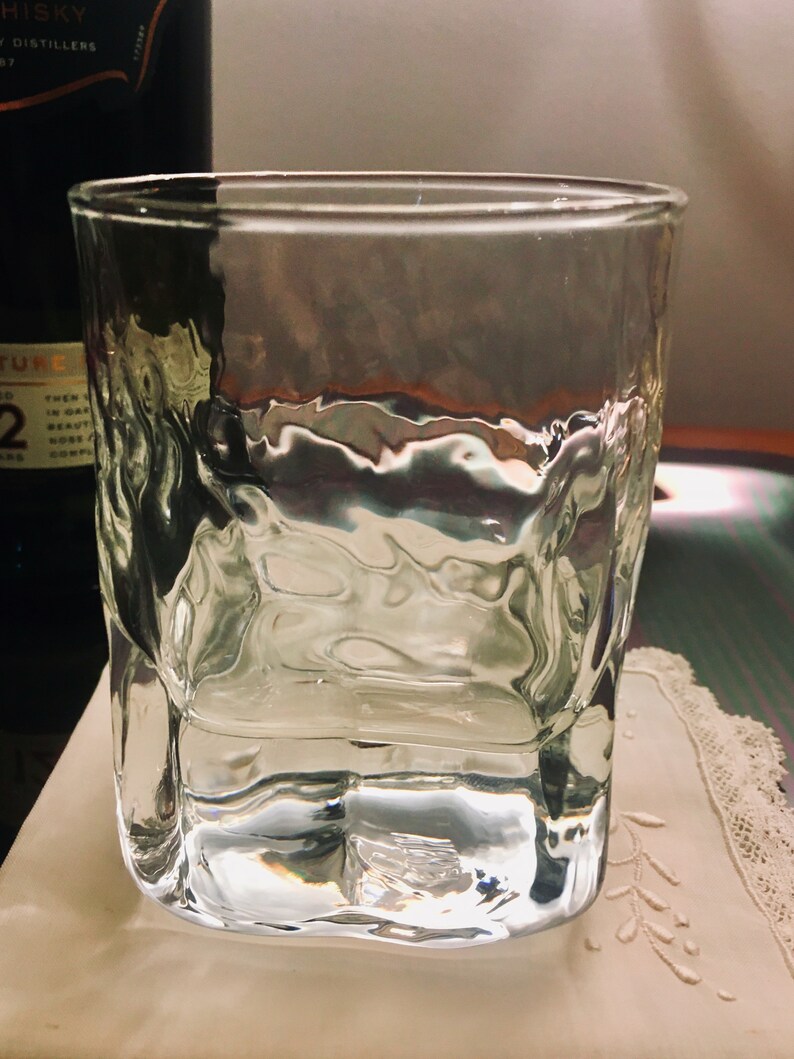

It also makes for a great improvised instrument.

Shatterproof, and rust resistant this material keeps alcohol at the correct temperature. A little less enthusiastic, this material is resistant to impacts and is the affordable option. The Warren Buffet of glasses, providing clarity, luster, prestige, and style. Glass makes you feel like a classy, cigar-smoking, worldy individual. There are four materials typically used to make whiskey glassware. Reserve this glass in times or desperation, when you want to pregame, or for a cheap whiskey like Old Crow (sorry, Old Crow). (Imagine someone from the 1800s time travelling to 2021 and seeing everyone drinking what they think is “lead” in shot glasses!) When your feather quill wasn’t in use, it was stored upright in the lead-filled shot glass. As the legend goes, the original shot glass had thick walls and was filled with lead shot for feather quills. Some stories trace the origins of the shot glass to holding quill pens over 100 years ago. Typically, holding between 1.25-1.5 ounces, this shot glass is the main design element in every college student’s dormitory. The glasses bottom is easily held in the palm of your hand, warming the whiskey, and the flared rim perfectly positions your nose. The spherical base fits a single serving, 1.5 ounces of liquid goodness and pulls out subtle aromas. But really, it’s the result of a faulty error in a glass blowing factory.

NEAT (or Naturally Engineered Aroma Technology) glass is what happens when whiskey-enthused scientists experiment with glass technology. With a Glencairn glass, you’ll appreciate the subtleties in the whiskey through smell and taste. The small, but thick neck and narrow rim focuses the aromas, and diffuses the smell. It’s the best multipurpose sniffing and tasting glass for all whiskies. Get your perfect swirl on with its short, sturdy base. The golden standard of whiskey sipping glasses, the Glencairn. The wide bottom, and narrow rim focus the aromas, revealing secret flavors within the whiskey or bourbon for only you to know. The longer stem provides easy grip, keeping the hand away from the rim. This type of glass is ideal for bourbon tasting and cocktails. What better way to sniff than to use a Snifter? It’s also known as a brandy bowl or a balloon glass. It’s a less focused scent, but allows you to smell the whiskey holistically. This type of glass is ideal for variations: neat, on the rocks, or for whiskey cocktails like a Manhattan.Įven though its rim dimension is wider, there’s an equal distribution of aroma vapors upon smelling. Each distinctive name corresponds to its various uses. The traditional whiskey glass you’re probably most familiar with: the rocks glass, the old-fashioned glass, and the lowball. The right whiskey glass exposes discreet aromas in the whiskey.

We’ll send you top-rated whiskeys to try every month, so your glass will never be empty. Longer stems are best for the perfect swirl and prevents the drinker’s hand from getting too close to the nose and interfering with the whiskey’s aroma. The stem is the bottom of the glass and allows for effortless swirling. While concentrating aromas, round glasses enable swirling for aeration and are the most popular option for this reason. Round, bowl-shaped glasses focus aromas to the nose through a tapered rim. Small diameter rims keep the smell concentrated on the nose, wide diameter rims disperse alcohol into the air and away from the nose. The rim is the outer edge of the glass that reveals subtle aromas in the whiskey. Certain glasses have thick bottoms to aerate the whiskey. You see, whiskey glasses done right enhance the complex flavor of whiskey. You may be thinking, why can’t I drink whiskey out of a red Solo cup? Won’t it taste the same? Oh, my dear Whiskey newb(ie), you have much to learn. Whiskey Glass Anatomy: What makes a whiskey glass special?


 0 kommentar(er)
0 kommentar(er)
